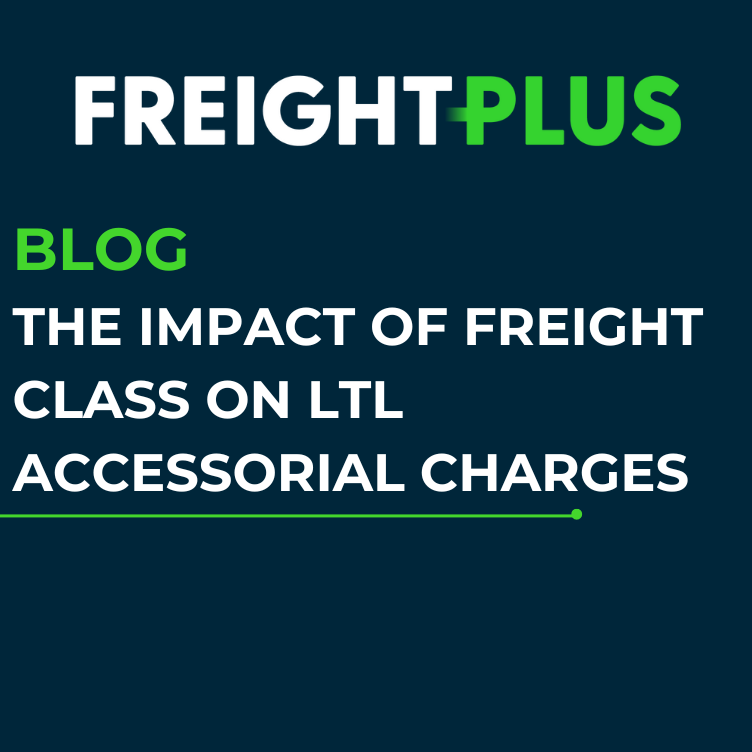In transportation, shippers face a multitude of challenges as they seek to optimize their transportation strategies. One crucial aspect that significantly influences the cost of shipping is the freight class. In the Less-Than-Truckload (LTL) shipping, understanding how freight class impacts accessorial charges is important. Our blog explains the nuances of this relationship and explores what shippers need to know to make informed decisions.
The Foundation: Understanding Freight Class
Freight class is a standardized system that categorizes shipments based on various factors such as density, handling, stowability, and liability. The National Motor Freight Classification (NMFC) assigns a specific freight class to each type of commodity, ranging from class 50 to class 500. The classification not only aids carriers in determining shipping rates but also plays a pivotal role in determining accessorial charges for LTL shipments.
Impact on Accessorial Charges
Accessorial charges are additional fees incurred during the shipping process, beyond the standard freight charges. These charges can include services such as liftgate assistance, inside delivery, residential delivery, and more. The freight class of a shipment can significantly influence these charges, and shippers need to be aware of the following key points:
- Density Matters:
- Higher freight classes often indicate lower density, meaning the shipment occupies more space relative to its weight.
- Carriers may impose additional charges for shipments with lower density, as they take up valuable trailer space that could be used for more profitable cargo.
- Handling Complexity:
- Freight classes also consider the ease or difficulty of handling a particular commodity.
- Shippers with goods classified in higher classes, indicating increased handling complexity, may face higher accessorial charges for services like liftgate assistance or inside delivery.
- Stowability and Liability:
- The stowability and liability of a shipment are integral to the determination of freight class.
- Shippers should be aware that goods with a higher liability factor may incur additional charges, reflecting the carrier’s increased responsibility for the safety and security of the cargo.
Best Practices for Shippers
- Accurate Classification:
- It is crucial for shippers to accurately determine the freight class of their goods. Misclassification can lead to unexpected accessorial charges and impact overall shipping costs.
- Communication with Carriers:
- Establish open lines of communication with carriers to discuss the specifics of your shipments. Understanding how your freight class influences accessorial charges allows for better negotiation and cost management.
- Optimizing Packaging:
- Shippers can mitigate the impact of freight class on accessorial charges by optimizing packaging. Efficient packaging that minimizes wasted space and ensures ease of handling can contribute to lower overall costs.
The relationship between freight class and accessorial charges is a critical factor that shippers cannot afford to overlook. By understanding the nuances of freight class and its impact on additional charges, shippers can make informed decisions that lead to more efficient and cost-effective transportation strategies. As a managed transportation provider, FreightPlus remains committed to equipping shippers with the knowledge and tools they need to navigate these intricacies and optimize their supply chain operations.
For Shippers
Are you looking to connect with a sales representative?



